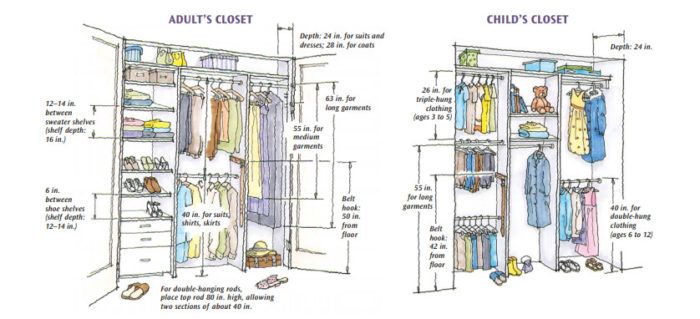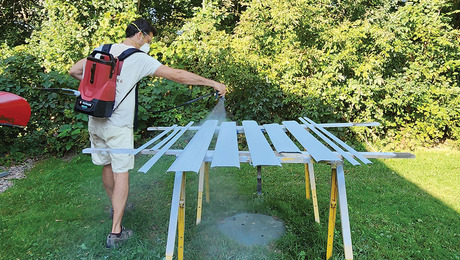Closet Control
Off the shelf, custom-built, or planned by a designer, the right system will get you organized.

Synopsis: Numerous new products (not to mention whole companies) have grown up around homeowners’ quest to straighten out their closets. In this article, we give you the scoop on leading closet companies and organizers, weigh the pros and cons of several systems, and include guidelines and tips to help homeowners reconfigure this small but very important space.
For much of the 20th century, bedroom closets were outfitted with a rod and a shelf—hardly the most efficient way to organize a complete wardrobe. That all changed in 1978, when Neil Balter, a 17-year-old carpenter, launched a company called California Closets. Within a few years, the closet became the new design frontier, with a wave of entrepreneurs hanging their hats on the promise to organize their clients’ clothes and by extension, their lives. The jumbled little box in the bedroom would never be the same.
Today, the continuing obsession with getting organized has brought with it more choices than ever for stretching every inch of closet space. And while it doesn’t necessarily increase the value of your home, having neat, attractive closets is a great selling point—not to mention a sanity saver.
“It really does make a difference in your day when you open your closet first thing in the morning and it’s a pleasant experience,” says Leah Ansel, a professional organizer in Manhattan. “In the past, closet design was an ignored area, but now people demand it. It’s a little change that makes a big impact.”
Invest time now in finding the perfect closet system and you’ll save hours down the road searching for that perfect shirt you know is in there somewhere. The first step is choosing the best approach to redesigning your closet: hiring a full-service closet company, hiring a local designer, or doing it yourself—with or without some help.
Closet specialists: A built-in look with built-in costs
You’ve seen them at home shows: Closets by Design, California Closets, Closet Factory. With these comprehensive built-in systems, a company representative visits your home and gives you a free estimate. If you sign on, an installer returns within a week or so with all the components cut to fit. The materials are usually high quality, and you end up with a well-designed space with very little effort on your part. But there is a cost: Closet companies like this usually charge about $100 per linear foot. The average closet remodel costs $2,500, although it could be as low as $400 for a reach-in or as high as $15,000 for a large walk-in. Prices increase with bells and whistles like raised-panel drawers (add 10 percent), tilt-out laundry hampers (add $300), and center islands (add $1,500). Installation takes a day or two. ClosetMaid, which sells its DIY components at home improvement stores, also offers a high-end system, MasterSuite, which uses better-quality melamine laminate and is customized to your space, at about $70 a linear foot. Instead of franchises, they maintain a network of dealers who install the system.
Although these systems are custom-fitted to your closet, the components come in standard widths, and any extra cuts at the factory will cost more. So if you have an especially odd-size space—for instance, under an eave—this is not an ideal option. On the positive side, messy construction isn’t done in your home.
For more photos and details on the pros and cons of different closet systems, click the View PDF button below.






















